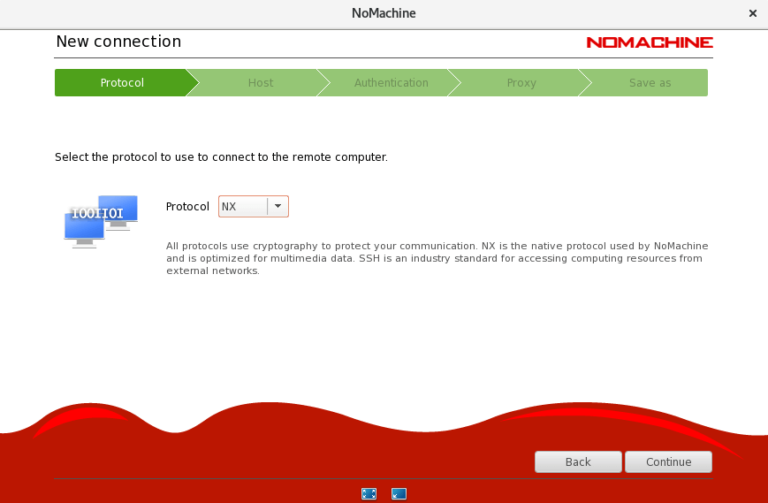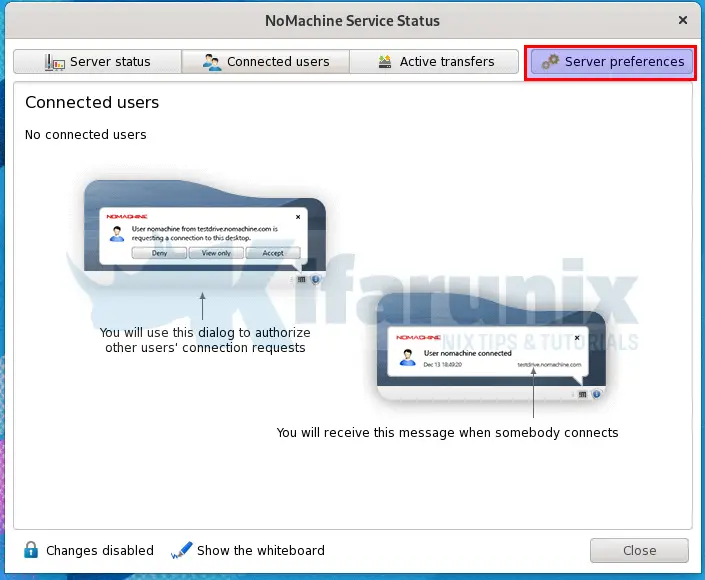

You have access to Desktop of the remote system. You can go with default options.Įnter the remote system login details to authenticate the session.Īll done. This will also prompt for some more details. You can connect it with IP address of the remote system. If your remote system is on the different network. It will automatically detect the systems running with NoMachine service on the same network. Launch the NoMachine application on your system. Fill the Saved sessions with something like Raspberry Pi. Fill the hostname with something like pi192.168.1.15.

The Nomachine application to connect remote systems running with NoMachine service. Once Xming is installed (the default options work very well), follow these steps: Start Putty. The Nomachine installer will install an application as well as service. Step 2 – Connect Remote Desktop with NoMachine

NX> 700 NoMachine was configured to run the following services: NX> 700 Creating configuration in: /usr/NX/etc/server.cfg. NX> 700 Installing: nxserver version: 6.0.78. NX> 700 Creating configuration in: /usr/NX/etc/node.cfg. NX> 700 Install log is: /usr/NX/var/log/nxinstall.log. NX> 700 Using installation profile: Ubuntu. NX> 700 Installing: nxnode version: 6.0.78. On successful installation, you will find that the NX is started on default port 4000. Sudo dpkg -i nomachine_6.0.78_1_bīelow is the sample installation log for a 64-bit machine. You can download it from its official website and install on Ubuntu, Debian, and LinuxMint operating systems. Step 1 – Install NoMachineĪnydesk is available in both 64-Bit and 32-Bit formats. $ sudo /usr/NX/scripts/setup/nxnode -uninstallBut, If you still love TeamViewer, You can also install TeamViewer using these instructions. $ sudo /usr/NX/scripts/setup/nxclient -uninstall If you are uninstalling the NoMachine Enterprise Client or the Terminal Server Node, run respectively: $ sudo /usr/NX/scripts/setup/nxserver -uninstall If you want to uninstall NoMachine from the command line, choose the command suitable for your installation. If you are installing the NoMachine Enterprise Client or the Terminal Server Node package, run respectively: $ sudo rpm -ivh pkgName_pkgVersion_arch.rpm If you wish to install any of the NoMachine packages from command line, for example because you are installing from remote by SSH, you can use instructions below.Ĭommands below use the sudo utility, if you don't have it installed, log on as superuser ("root") and run commands without sudo. This article only applies to NoMachine 4 and later versions.


 0 kommentar(er)
0 kommentar(er)
